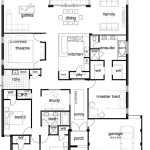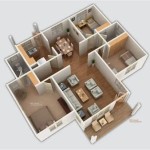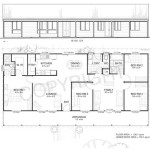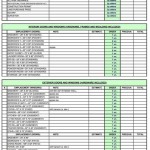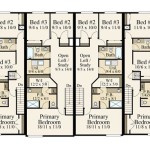Aging In Place House Plans
Aging in place is a concept that has been gaining popularity in recent years as more and more people are choosing to stay in their homes as they age. This can be a great option for those who want to maintain their independence and avoid the cost and upheaval of moving to a new home. However, it is important to make sure that your home is safe and accessible for aging in place.
There are a number of things to consider when designing an aging in place house plan, including:
- Floor plan: The floor plan should be designed to minimize the need for stairs and other obstacles. One-story homes are ideal for aging in place, but if you have a two-story home, you may want to consider adding a first-floor bedroom and bathroom.
- Doorways and hallways: Doorways and hallways should be wide enough to accommodate a wheelchair or walker. Standard doorways are 32 inches wide, but you may want to consider widening them to 36 inches or more.
- Bathrooms: Bathrooms should be designed with safety features such as grab bars, non-slip flooring, and a curbless shower.
- Kitchen: The kitchen should be designed to be accessible for those with limited mobility. This may include features such as lower countertops, pull-out shelves, and a side-by-side refrigerator.
- Lighting: Lighting should be adequate throughout the home, especially in areas such as the stairs and bathroom.
- Safety features: Other safety features that you may want to consider include a smoke detector, carbon monoxide detector, and a medical alert system.
If you are considering aging in place, it is important to talk to an architect or contractor about designing a home that meets your needs. They can help you create a safe and accessible home that you can enjoy for years to come.
Benefits of Aging in Place House Plans
There are many benefits to aging in place, including:
- Increased independence: Aging in place allows you to maintain your independence and avoid the need for assisted living or nursing home care.
- Improved quality of life: Staying in your own home can improve your quality of life by providing a sense of familiarity and comfort.
- Reduced costs: Aging in place can be more cost-effective than moving to a new home or assisted living facility.
- Peace of mind: Knowing that you have a safe and accessible home can give you peace of mind as you age.
If you are interested in aging in place, it is important to start planning early. Talk to your family and friends about your plans and make sure that your home is safe and accessible. By taking these steps, you can ensure that you can age in place with dignity and independence.

Homes For Aging In Place Key Issues Houseplans Blog Com

Aging In Place House Plans Plus

The Best Floor Plan Series Aging In Place

Aging In Place House Plans Plus

Age In Place Home Designs

Design Principles For Aging In Place

Aging In Place Designs Are For All Ages Not Just The Elderly

Designing A Fall Proof Home For Aging In Place Don Gardner Architects

Age In Place Home Designs

29 Aging In Place Accessible Home Plans Ideas House Design

